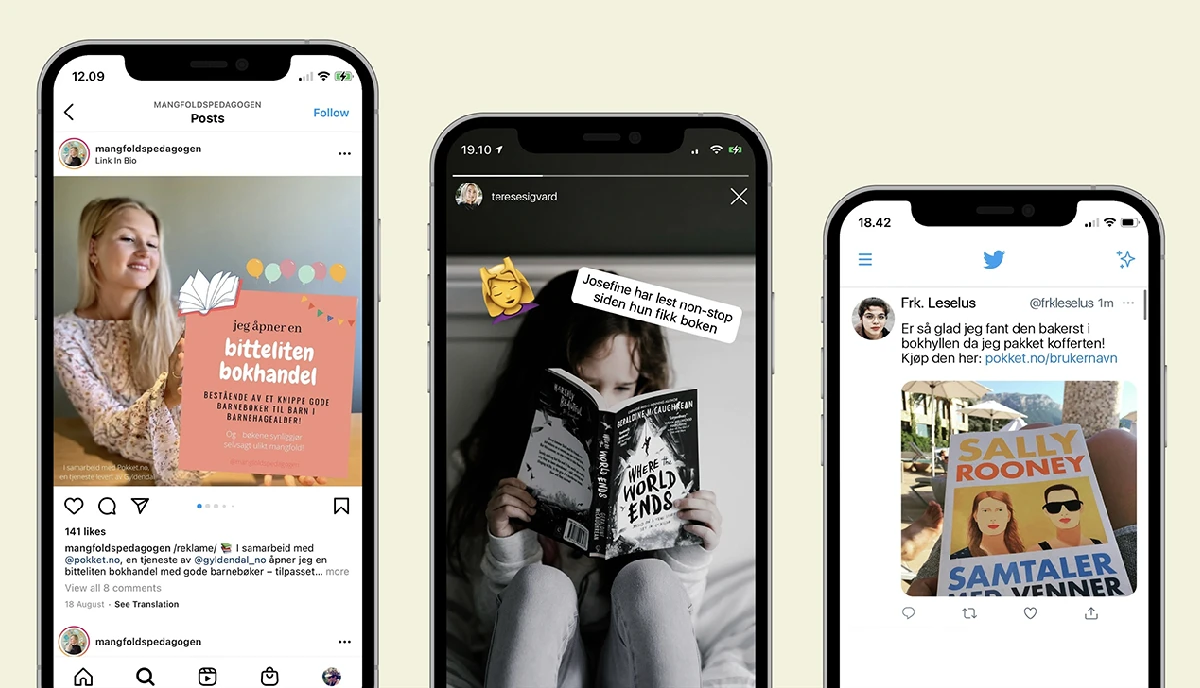As a Product Manager with a strong background in UX design and CRO, my role in the pilot phase of Pokket involved ensuring the platform met the needs of influencers and their customers while driving growth and user engagement. During this phase, I focused on UX design, conversion optimization, marketing efforts, and strategy work. This included an iterative process of design, testing, and refining the platform to achieve optimal results and prepare for future expansion.
As a product manager with expertise in UX design and CRO, my role in the pilot phase of the platform encompassed working on UX, conversion optimization, and marketing efforts. I was responsible for ensuring that the platform met the needs of the influencers and their customers while also driving growth and user engagement.
During the pilot phase, the focus was on testing the market, identifying the right market fit, and determining the tools needed to create a viable product that meets the needs of current and future sellers. This involved an iterative process of design, testing, and refining the platform to achieve the desired results.
My scope of work in UX, conversion optimization, and marketing included:
- UX design and process
- UI design and graphic design
- Conversion rate optimization
- Marketing automation
- Strategy work
- Social media strategy
- Growth hacking
